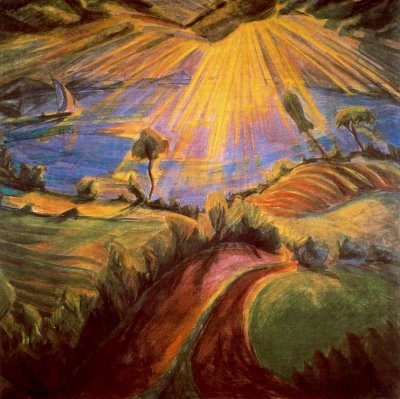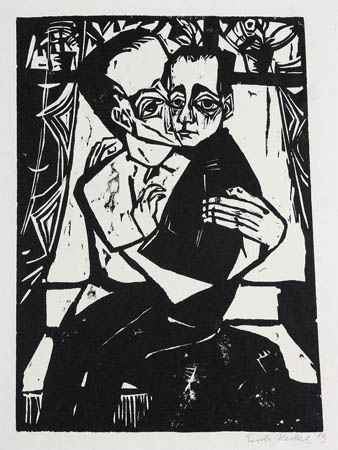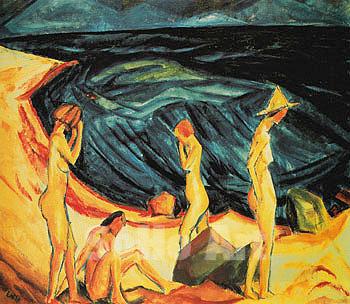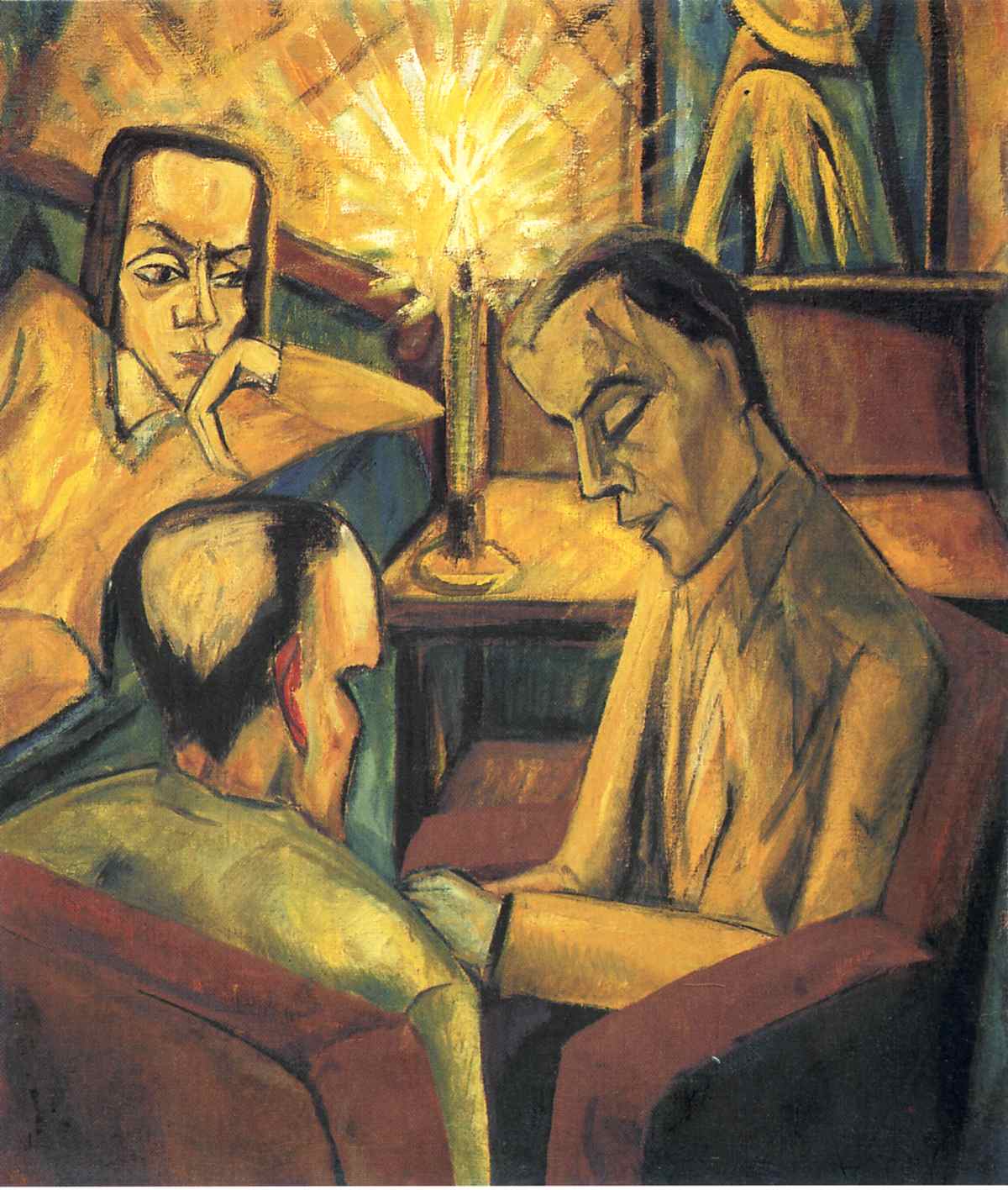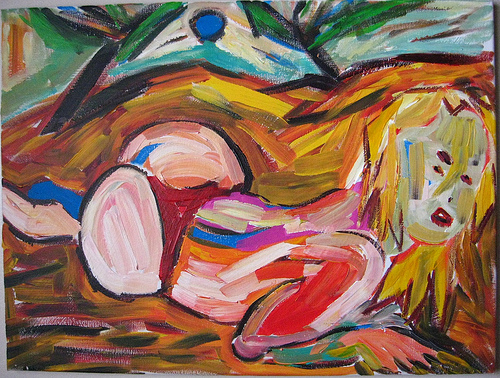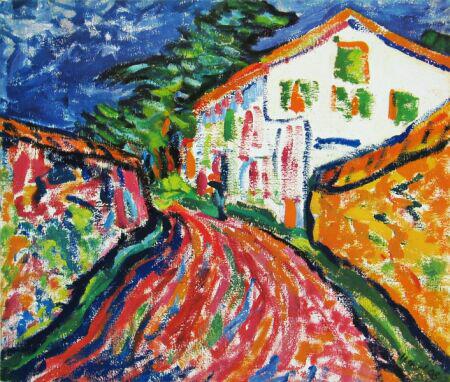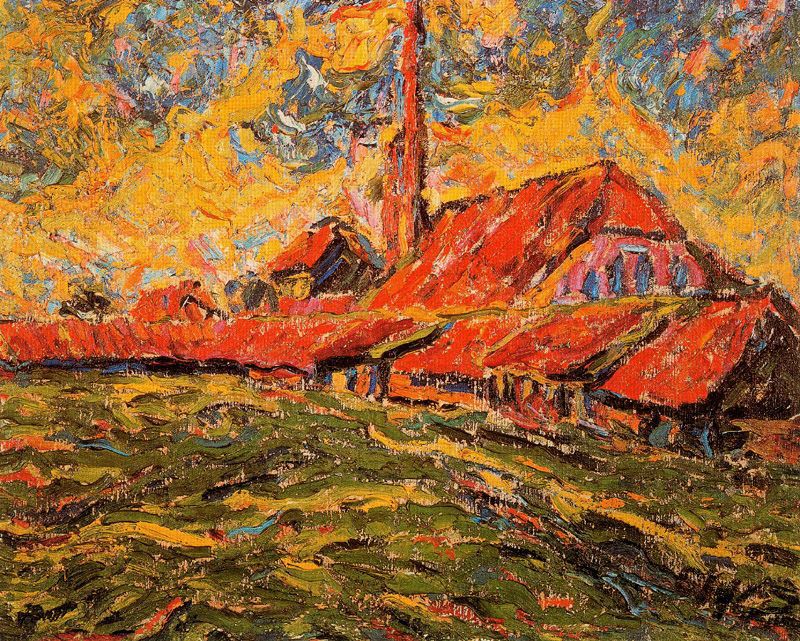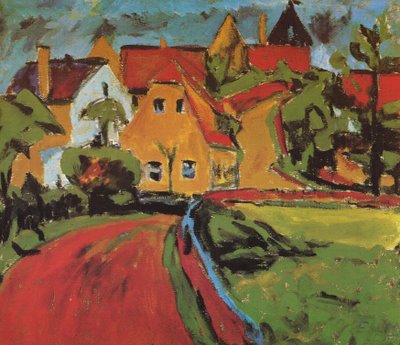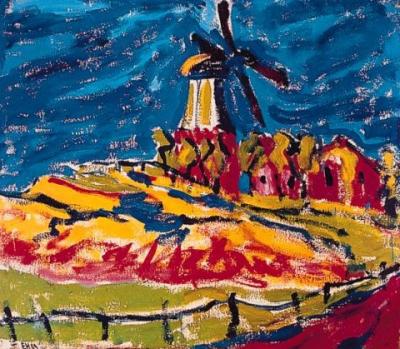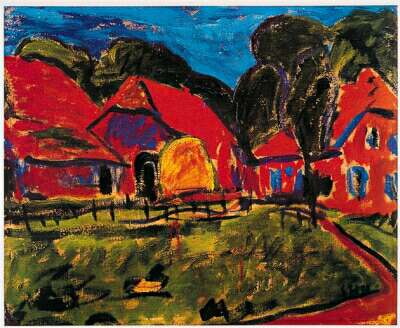<Back to Index>
- Painter and Printmaker Erich Heckel, 1883
PAGE SPONSOR
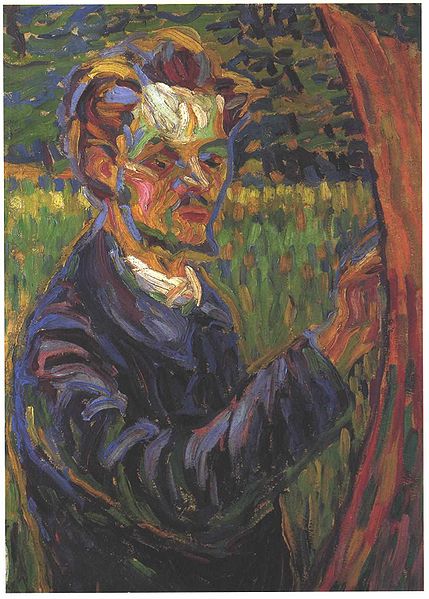
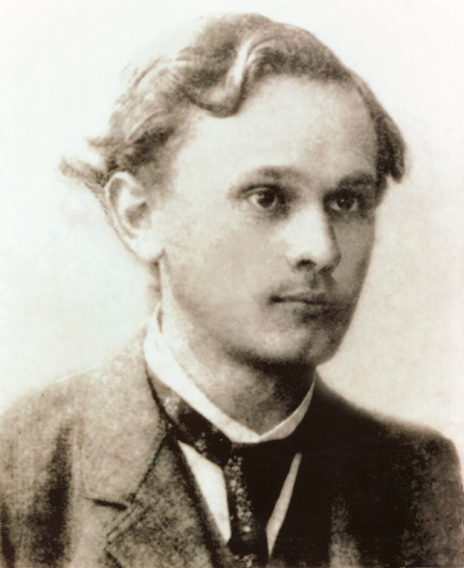
Erich Heckel (31 July 1883 – 27 January 1970) was a German painter and printmaker, and a founding member of the Die Brücke group ("The Bridge") which existed 1905 - 1913.
Heckel was born in Döbeln (Saxony). His parents were born in Saxony. He and other members of the group Die Brücke greatly admired the work of Edvard Munch, and aimed to make a "bridge" between traditional neo - romantic German painting and modern expressionist painting. The four founding members made much use of the print as a cheap and quick medium with which to produce affordable art. Most of his life he spent on printmaking.
In 1937 the Nazi Party declared his work "degenerate"; it forbade him to show his work in public, and over 700 items of his art were confiscated from the nation's museums. By 1944 all of his woodcut blocks and print plates had been destroyed. After World War II Heckel lived at Hemmenhofen near Lake Constance, teaching at the Karlsruhe Academy until 1955. He continued painting until his death at Radolfzell in 1970.
Like most members of Die Brücke, he was a prolific printmaker, with 465 woodcuts, 375 etchings, and 400 lithographs described in the Dube catalogues raisonné, over 200 of which, mostly etchings, date to the last seven years of his life.
A major retrospective exhibition, Erich Heckel – His Work in the 1920s, was held October 2004 – February 2005 at the Brücke Museum in Berlin.
The critic James Auer has said that his Franzi Standing ...
...in many ways encapsulates the principal virtues of the entire Expressionist movement. At once frank and respectful, daring and compassionate, it depicts a girl - woman on the cusp of adolescence, innocent and free yet, at the same time, curious and knowing.
